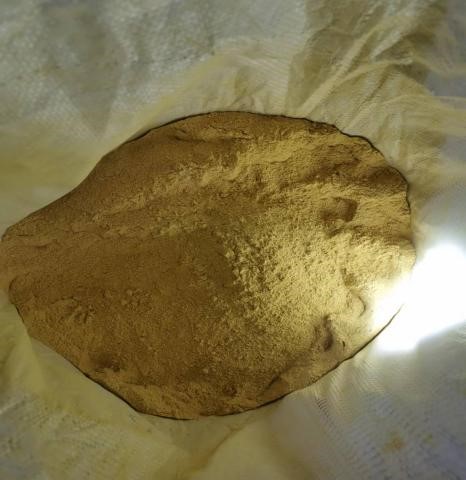



physical treatment of wastewater
Physical Treatment of Wastewater An Essential Approach for Sustainable Water Management
In the face of growing environmental challenges and increasing population pressures, the treatment of wastewater has become a crucial aspect of sustainable water management. Among various methods of wastewater treatment, physical treatment processes play a significant role in reducing pollutants and preparing wastewater for subsequent biological and chemical treatments. Understanding these physical processes is essential for industries, municipalities, and communities committed to protecting water resources.
Physical treatment of wastewater primarily involves the removal of suspended solids and large particles from water. The most common techniques employed in this process include screening, sedimentation, and flotation. Each method serves a unique purpose and is often employed in conjunction with others to enhance overall efficacy.
Screening is the first step in the physical treatment of wastewater
. During this process, water passes through a series of screens designed to capture large debris, such as leaves, plastics, and other floating materials. By removing these large objects, screening protects downstream equipment from damage and helps maintain the efficiency of the treatment plant. Bar screens and fine screens are typical examples, ranging from 6mm to 1mm in mesh size, allowing for the effective removal of larger particles while retaining smaller ones for further processing.Following screening, wastewater typically undergoes sedimentation. This process utilizes gravitational forces to separate suspended solids from the water. In sedimentation tanks, the flow rate of water is reduced, allowing particles to settle at the bottom. The settled material, known as sludge, is then removed for further treatment or disposal. The efficiency of sedimentation is influenced by several factors, including tank design, flow characteristics, and the size and density of the suspended particles. Proper design and operation of sedimentation tanks can significantly improve the overall treatment process.
physical treatment of wastewater

In many treatment plants, flotation is used as a complementary method. This technique involves the introduction of air or gas bubbles into the wastewater, causing lighter solid particles to rise to the surface and form a froth. This froth can then be skimmed off, effectively removing additional suspended solids. Flotation is particularly useful for treating wastewater with high concentrations of fats, oils, and grease, which are less dense than water and can hinder effective sedimentation.
Physical treatment processes offer numerous advantages. They are generally straightforward to implement, require lower energy input than many biological and chemical processes, and can be highly effective in removing large amounts of contaminants. Moreover, these processes are critical for pre-treating wastewater before it undergoes biological treatment, where microorganisms break down organic matter. In this sense, physical treatment acts as a first line of defense, ensuring that the subsequent biological processes operate more efficiently and effectively.
However, physical treatment of wastewater does have limitations. It primarily targets suspended solids and does not address dissolved pollutants, such as nutrients (nitrogen and phosphorus), heavy metals, or pathogens. As such, physical treatment is often part of a multi-barrier approach, where it is integrated with chemical and biological treatments to achieve comprehensive removal of various contaminants.
In conclusion, the physical treatment of wastewater is a vital component of effective water management strategies. By employing methods such as screening, sedimentation, and flotation, facilities can significantly enhance the quality of treated water and protect the environment. As water scarcity and pollution continue to rise, investing in and adopting robust wastewater treatment techniques will be essential for ensuring sustainable water resources for future generations.
-
Why Sodium Persulfate Is Everywhere NowNewsJul.07,2025
-
Why Polyacrylamide Is in High DemandNewsJul.07,2025
-
Understanding Paint Chemicals and Their ApplicationsNewsJul.07,2025
-
Smart Use Of Mining ChemicalsNewsJul.07,2025
-
Practical Uses of Potassium MonopersulfateNewsJul.07,2025
-
Agrochemicals In Real FarmingNewsJul.07,2025
-
Sodium Chlorite Hot UsesNewsJul.01,2025










